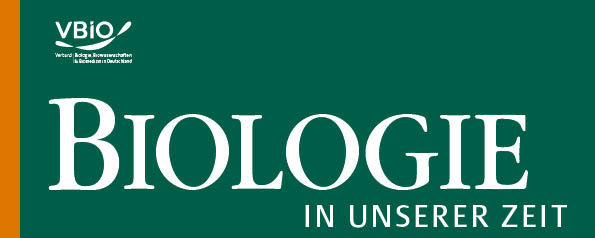The Green Desert of South America?
DOI:
https://doi.org/10.11576/biuz-4989Keywords:
Atacama, biologische Bodenkruste, Nebel, VerwitterungAbstract
“Pan de Azúcar National Park” is a fog oasis in the southern Atacama Desert of Chile. It hosts a diversity of cyanobacteria and green algae, which can especially be found in lichens. Diversity surveys and eco-physiological and biochemical studies have shown that these organisms are excellently adapted to the extreme climate and can already become active even if the amount of water available is very low. By changing their environment physically and chemically, they contribute to the weathering of rocks and soil formation and are thus involved in shaping the landscape.

Downloads
Published
How to Cite
Issue
Section
License
Copyright (c) 2021 Karen Baumann, Patrick Jung, Lukas W. Lehnert, Elena Samolov, Christel Baum, Jörg Bendix, Ulf Karsten, Burkhard Büdel, Peter Leinweber

This work is licensed under a Creative Commons Attribution-ShareAlike 4.0 International License.

